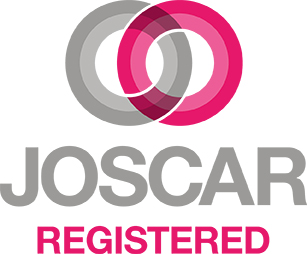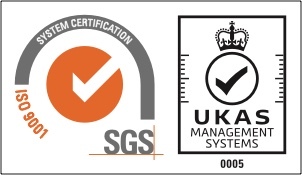 There are thousands of articles circulating online regarding the best leadership styles. Leadership isn’t one size fits all, but there is a general belief that each one of us is hardwired with a preferred style (or strength) when it comes to leading people. A successful leader however, will adapt their style depending on the situation, and use an approach which will affect a positive outcome.
There are thousands of articles circulating online regarding the best leadership styles. Leadership isn’t one size fits all, but there is a general belief that each one of us is hardwired with a preferred style (or strength) when it comes to leading people. A successful leader however, will adapt their style depending on the situation, and use an approach which will affect a positive outcome.
Businesses consider leadership skills to be valuable, but leaders capable of adapting their leadership styles in a changing environment are vital for continued business growth and people development.
Knowing how to adapt your leadership style is the key to positively influencing your team’s motivation and success. Although shifting to new styles on the go may sound like a simple task, it isn’t a skill that everyone can pick up quickly. A leader must develop the competencies to be able to assess a situation ‘in the moment’ and instantly choose an influencing style that will influence both the individual and the task in hand to achieve positive outcomes.
Types of Leadership Styles
To excel and for businesses to thrive, leaders must learn to balance different styles and recognise when an alternative method of leadership may be required. Situational Leadership® is the ideal tool to help leaders embrace a more fluid style of leadership. The model is a powerful influencing tool that enables leaders to demonstrate high levels of flexibility in order to influence people and guide businesses towards achieving more, especially during turbulent times. The model is broken down into four leadership styles (delegation, supportive, coaching or directive) and leaders learn to use which style will be most effective in any given situation.
Great leaders embrace change
No single leadership style is more effective than another. Each method has its pros and cons, but learning how to adapt and move through the styles is what makes a ‘good’ leader a ‘great’ leader.
To adapt your leadership style, you must follow these four stages.
To adapt your leadership style, you must follow these four stages.
1) Identify the need for adaptation
The most common need to adopt a different leadership style comes from a change in circumstance. Identifying the need for leadership style changes is crucial, however, it’s also essential that you take your time and let the situation unravel before making any decisions. Change is something that many people struggle with, so keep your team in mind when you consider any style changes and remember that no one knows everything. We must watch and learn before deciding the best course of action.
2) Shift your mindset and prepare yourself for change.
After allowing the dust to settle and observing the situation as it unravels, you will have given yourself the mental capacity to alter your mindset and align it competently with the evolving circumstances. Now is the time to put aside any preconceived ideas, set your ego aside and prepare yourself for a new dynamic in the workplace. This stage requires a mental strength that some find challenging, as setting aside one’s ego whilst in a leadership role can feel like a step back, however, showing your ability to adapt is, in fact, strengthening your career as a leader.
3) Choose the most appropriate leadership style for the circumstance.
This isn’t as easy as it sounds. Each leadership style has many pros and cons, therefore, deciding how to best approach a changing situation requires a lot of deliberation. You should be asking yourself plenty of questions that’ll help you decide the best course of action for you and your team.
- What does the ‘right’ style mean?
- How can I help the team open the door to solutions?
- Is my vision of what’s ‘right’ the same as that of my team?
- Who will this change affect the most?
4) It’s time to adapt to new situations!
Once you’ve decided on an appropriate course of action and have chosen the leadership style you feel most aligns with you and your team’s objectives right now, the only thing left to do is implement it. Adopting a new style may come with some initial unease, but remain confident in the style you’ve chosen and lead with conviction.
If you’re eager to rise to the challenge and become the best leader you possibly can be, take a look at our Situational Leadership® programmes and contact our friendly team for more details — we’re always here to help!






